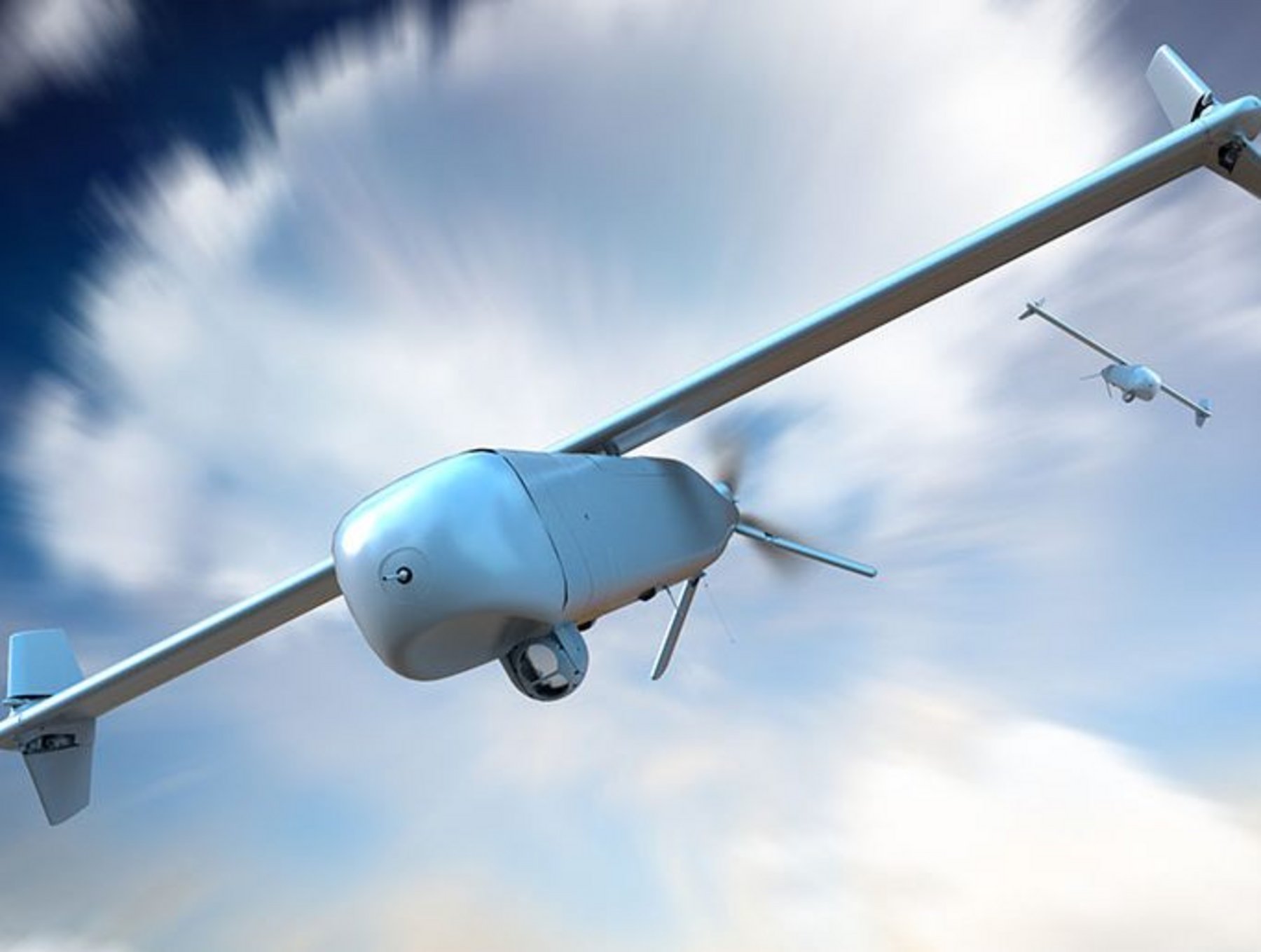
Estonia is becoming a hotbed for drone warfare
Projects include experimental loitering munitions that cost a fraction of U.S. equivalents.
With a close eye on Ukraine’s use of drones, Estonians are fielding new kit, changing doctrine, and revamping training for unmanned systems in case they also have to repel a Russian invasion one day.
Estonia — a country with a population of just 1.3 million — is also being uniquely thrifty, working to field systems whose price is often orders of magnitude cheaper than similar U.S. systems. Defense One got a close-up look at these efforts on a trip funded by the Estonian ministry of defense. At the center of many of these efforts is Aivar Hanniotti, the military’s point man for everything related to drone technology and development. He took the job in January, and is already well known in Estonia’s bustling drone industry.
Hanniotti’s team is working on a long list of updates to Estonia’s drone and counter-drone tools. Much of the work is done by members of Estonia’s Defense League, a part-time volunteer organization that serves as a military auxiliary force. Hanniotti himself is a member.
Estonian civil society is heavily engaged in supporting Ukraine, and many Estonian Defense League members help Ukrainian units by delivering supplies to them, like drones. This puts them in touch with Ukrainian troops, who pass on information, said Hanniotti, and this access to battlefield experience helps drive innovation.
Among the projects linked to Ukraine is the “Angry Hedgehog,” a plan to field a domestically produced short-range loitering munition similar to Ukraine’s first-person-view drones.
The drones will have a custom warhead and a range of up to nine miles, said Hanniotti. They will be equipped with artificial intelligence to guide them the last mile to a target, an increasingly popular countermeasure against Russian jamming.
Hanniotti said the drone will cost under 1,000 euros, and use European-manufactured components. It will undergo further tests in June 2024, and Estonia also aims to deliver 1,000 of them to Ukraine to test their use in combat. Formal fielding may occur next year.
The price is far less than similar short-range loitering munitions, like the $94,000 Rogue One. Hanniotti said the aim was to have a drone that was “good enough,” rather than one tricked out with the latest in tech.
Other projects include a Estonian-made hand-held drone detection system, which Hanniottii is working to field to every squad starting sometime next year, he said. Such systems are widely used in Ukraine, and are also coming to the U.S. Marine Corps.
Yet another project seeks to develop a cheap missile for taking out drones. One missile, which so far exists only as a concept, has a theoretical price of 2,000 euros. The price is one-tenth the cost of the APKWS missile, one of the cheapest anti-drone missiles. The planned missile, which is to rely on commercially available parts, will be tested at the end of this year, Hanniotti said.
Other projects are virtually free, such as an Estonian Defense League-designed tool that takes the inputs from passive radio-detection systems and plots them on a map to identify probable enemy locations.
The Estonian drone push isn’t all low-cost initiatives. Between 2024 and 2027, Estonia will spend 220 million euros (about $238 million) on loitering munitions, out of a total outlay of 529 million euros for indirect fire systems, according to a briefing by Oliver Tüür, director of the Defence Planning Department at the Estonian Defense Ministry.
Estonia is planning a special unit to operate loitering munitions, Maj. Andrei Šlabovitš told Defense One last year, in what may be the first dedicated loitering-munition unit fielded in a NATO army.
New technology brings new questions, from what tactics to use to what units should use them. Estonian infantry squads, for example, have begun experimenting with drone operators who scout ahead for hidden enemies.
The Estonian army is also testing how to use drones to support its artillery. Hanniotti said that they are experimenting with linking artillery fire control officers with drone units to reduce the time it takes to target enemy formations. Estonia’s dense forests, however, pose a problem by blocking drone signals, Hanniotti said.
Hanniotti said other experiments have included using the Android Tactical Awareness Kit to mark targets for artillery, but the system—like many sent to Ukraine—has proven vulnerable to GPS jamming.
Hanniotti is also involved in developing a designated unit for operating short-range surveillance and attack drones. Ukraine operates these types of units in large numbers, but the concept is still new for NATO militaries. The U.S. does not operate short-range drone units, although Army experiments have tested the concept informally.
New tech also needs new training, and Estonia plans to launch a drone training center this year. The center will also serve as a test range for new electronic warfare technologies.
Many U.S. efforts parallel Estonia’s, including an Army initiative that aims to field a short-range loitering munition by 2026. U.S. plans, though, generally move slower than Estonia. The Army, for example, will allocate just ten hand-held drone detectors to a division, according to a 2025 budget request, while Estonia is aiming to give one to every squad.
One explanation may be the quasi-civilian nature of the Estonian Defense League, Hanniotti said. “In the Defense League, we are used to getting by with small funding,” he said. “We are all motivated—and we would like to have fast results.”




No comments:
Post a Comment
Note: Only a member of this blog may post a comment.